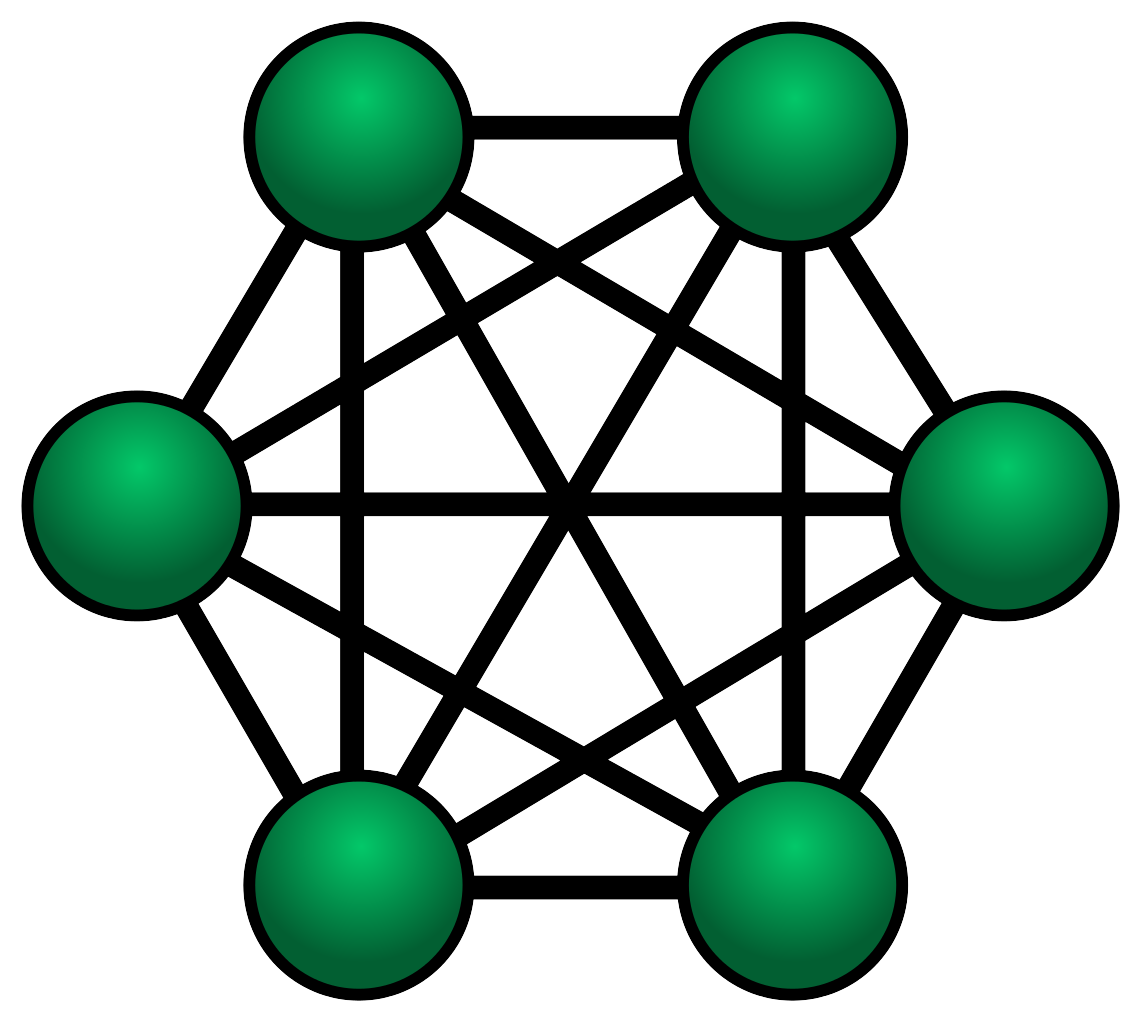
What is mesh topology with example
Arrangement of nodes or devices within the network is known as network topology. Network topology can be either logical or physical. In logical network topology, data transmission is considered while in physical network topology, how the devices are connected is considered. There are many types of network topology including:- Bus topology Ring topology Star topology Tree topology Mesh topology Today I am going to discuss mesh topology. What [...]
What is a topology
Arrangement of nodes or devices within the network is known as network topology. Network topology can be either logical or physical. In logical network topology, data transmission is considered while in physical network topology, how the devices are connected is considered. There are many types of network topology including:-
- Bus topology
- Ring topology
- Star topology
- Tree topology
- Mesh topology
Today I am going to discuss mesh topology.
What is mesh topology
In a mesh topology, all the nodes or devices are directly or partially connected to each other. Mesh topology makes a point-to-point connection. In older days mesh topology was half-duplex meaning either data is received or transferred at the time. But in current days mesh topology support full-duplex meaning data is concurrently transferred and received at the same time. Mesh topology can be wired or wireless and it can be implemented in LAN and WAN.
Types of mesh topology
There are two main types of mesh topology including:-
Full mesh topology
In full mesh topology, all the nodes in the network are directly connected to each other. Each of the nodes behaves as a switch or router. The purpose of nodes is to receive and broadcast messages and data to other nodes. If connection is broken between two nodes then there occurs no fault in the network and other nodes can flow data as it is.

The formula for calculating the number of connections in full-mesh topology is n(n-1)
Partial mesh topology
In partial mesh topology, two or more nodes are partially connected to the network. That means all other nodes are directly connected to each other but two or more nodes are connected to some nodes in the network. You can see the diagram below.

In partial mesh topology, all the nodes can still communicate with each other because all the nodes act as router or switch.
The formula for calculating the number of connections in partial mesh topology is n(n-1)/2
Advantages of mesh topology
Data transfer rate is high:
As all the data from the nodes is transferred simultaneously so the data transfer rate is high in mesh topology.
New nodes can be added easily:
In a mesh topology, new nodes or devices can be added easily. In local area network (LAN), additional wires are needed but in wide area network (WAN), there is no need for wires and new nodes are connected wirelessly.
Fewer failure chances:
If any of node gets a problem then other nodes will still work and can send/receive data at the same speed.
Low battery needed:
Mesh topology consumes low battery and gives a good performance. If your device has battery then your battery life will be good using this topology.
The connection is made fast:
In a mesh topology, connection setup is fast and gives good result.
Hardware components availability:
Small network components like radios are easily available and they are also low-cost.
Partial mesh topology is cost-effective:
As there is less hardware used in partial mesh topology due to fewer connections so it is cost-effective as compared to full mesh topology.
Strong connection:
Mesh topology makes a strong connection between nodes or devices. Each node carries its own data also so it is less dependent than other network topologies.
High security:
All nodes make a more secure network and privacy of data is stable in this type of topology. As connection between two devices is point-to-point connection so it is more secure and has fewer chances to be used unauthorized.
Used in concerts and making large network:
As nodes in mesh topology can retransmit the data so it can be used to make the network for large amount of people like network connection in concerts. Mesh topology is also used as making network connection across the city.
Disadvantages of mesh topology
Full mesh topology is expensive:
As there are more cables and hardware involved in full-mesh topology so it is expensive type of network connection. In local area network lot of cables are involved in it and they make the network expensive. Also there needs lot of input and output slots to be attached to the nodes.
Installation and configuration:
Sometimes it becomes difficult to add new nodes in the network as new nodes need to be connected to all the other nodes. To make the connection stable it is required that new nodes have to be configured properly.
High redundancy:
As all the nodes can send data independently so it is chances of duplication of data and sources are not consumed properly.
Scalability Issue:
As each device needs to be connected to every other device in the network so there is a limit of number of devices to be connected. After specific limit no more devices can be connected to single device in the network.
Example of mesh topology
Here are some of mesh topology examples:-
- Zigbee
- Google Home
- Z-wave
- Google Wi-Fi
- Google OnHub
- Data-centric fabric
- Networks in military devices
Share this article
Written by : Junaid Rehman
I am a blogger and freelance web developer by profession. I love to blog and learn new things about programming and IT World.
Follow us
A quick overview of the topics covered in this article.
Latest articles
December 25, 2025
December 25, 2025
December 25, 2025
December 25, 2025
December 25, 2025









